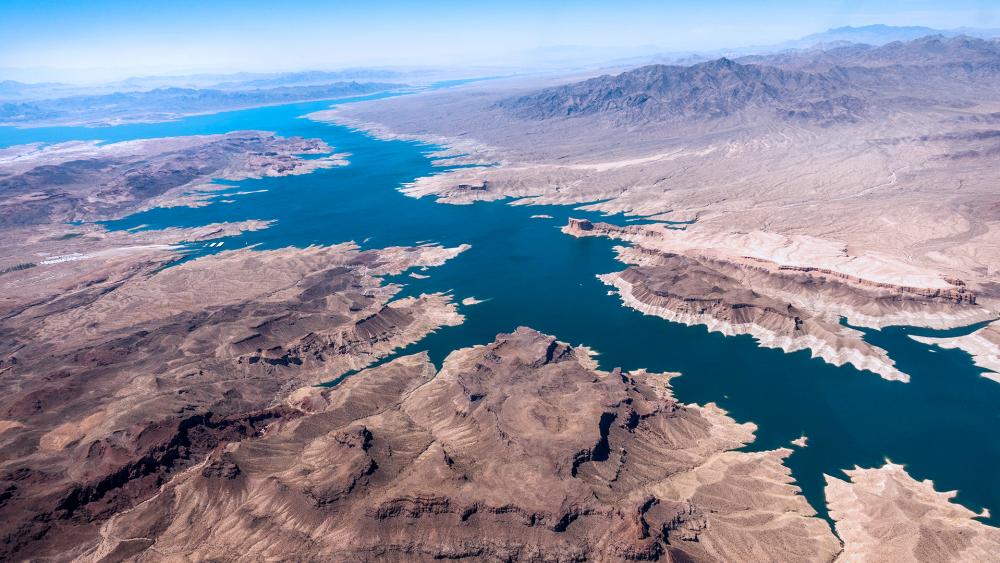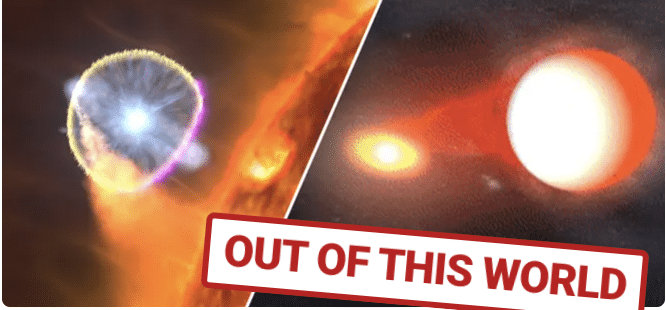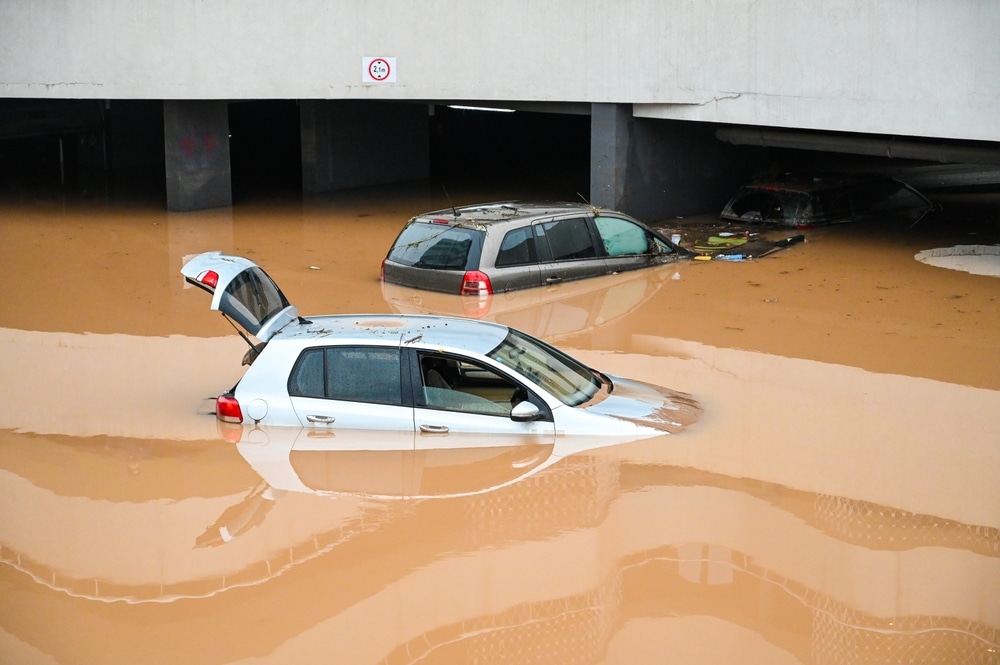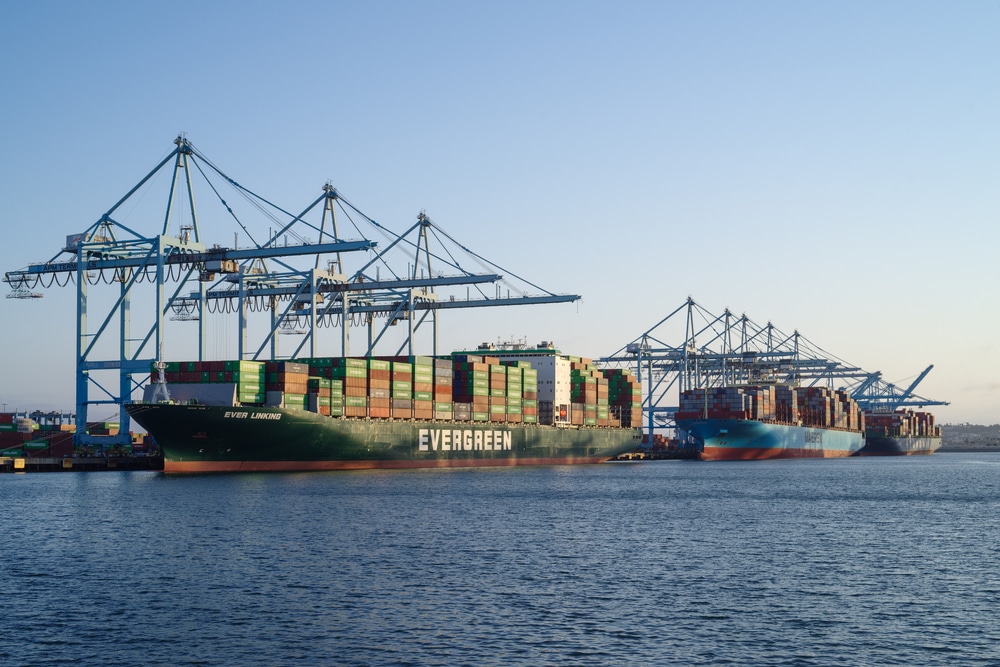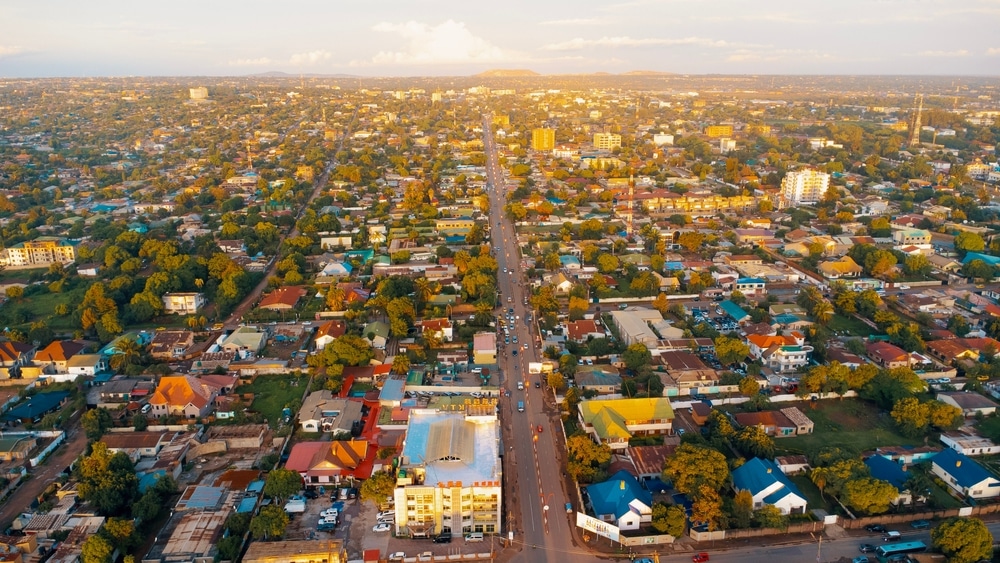(ETH) – Energy and agriculture in the drought-stricken western U.S. are suffering as the water supply in some major reservoirs is dwindling.
Lake Mead, which is fed by the Colorado River, provides water for 22 million people in seven states including Arizona, California, Colorado, Nevada, New Mexico, Utah, and Wyoming. Lake Powell, which stretches from Arizona to Utah, is also a big part of the water equation in the region.
Now, both Lake Powell and Lake Mead reservoirs are half-empty, and scientists predict that they will probably never fill again, according to the Glen Canyon Institute, a non-profit organization dedicated to changing Colorado River management to fill Lake Mead first and then use Lake Powell as a backup during flood years.
Over the past two decades, the water level in Lake Mead has dropped by 130 feet. It’s now down to 37 percent capacity and is expected to reach its all-time recorded low Thursday.
The U.S. Bureau of Reclamation says the lake level will probably keep falling until November, meaning the continued drop in water level could impact the entire western U.S. The shortage is affecting farmers who can’t plant crops, as well as hydroelectric power from the Hoover Dam, forcing a nearly 25 percent cut in output.
“So next year, we are gonna get 25% less water. Means we’re going to have to fallow — or not plant — 25% of our land,” Arizona farmer Dan Thelander told 8NewsNow.com. Many farmers across the region are rushing to dig wells to supply water for their crops. In Arizona, farmers in Pinal County south of Phoenix have had to stop irrigating their fields because of the shortages. READ MORE

